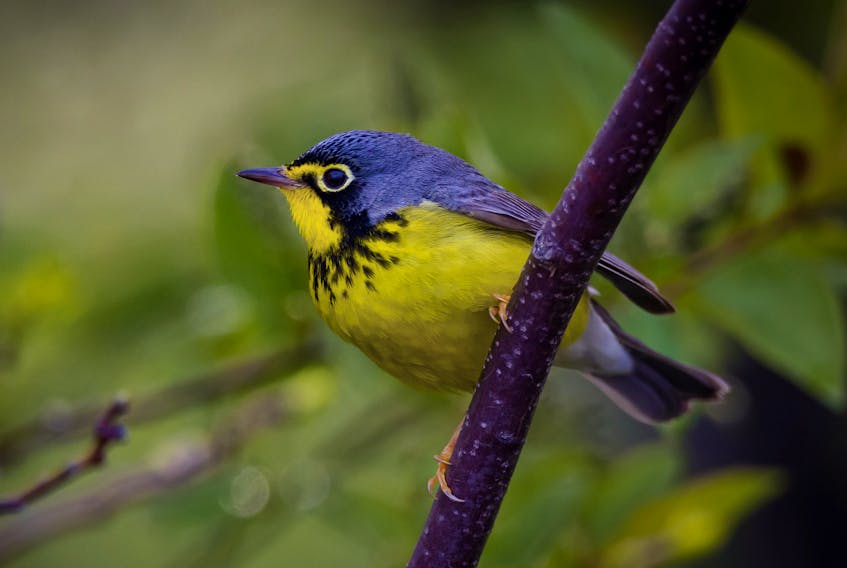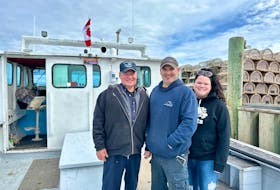CHESTER, N.S. — A Nova Scotia-based conservation group says Canada is far behind the leaders in funding efforts to protect the world's threatened biologically rich tropical ecosystems.
Anne Lambert, founding director of the International Conservation Fund of Canada said even the U.S. under Trump does 10 times more than Canada does financially on a per capita basis internationally.
The ICFC released its report this week on how Canada supports conservation in these vital areas compared to other donor nations of the Organisation for Economic Co-operation and Development (OECD) between 2002 and 2018. The report is titled Tropical Nature Needs Us: An expanded role for Canada in stemming global biodiversity loss.
“Our finding is that Canada has been near the back of the pack of developed countries in helping developing countries conserve their large share of the world's biodiversity,” the Chester resident said in a telephone interview on Saturday. “So countries like France, Germany and Norway are doing 100 times more in biodiversity aid.”
Canada's average annual contribution for the years 2016-2018 was just over $10 million, the report said.

Canada's spending domestically is good, Lambert said, although more can always be done to conserve wilderness and biodiversity.
“It's about one-and-half billion (dollars) a year – that's all levels of government – so that's part of our contribution for biodiversity. So, I'm including that in saying to be at the level of these other countries that are leading, we would have to do at least $650 million (more) a year.
“You could make a strong argument for us doing over $1 billion, but that's what we think is a reasonable starting place.”
That increase in spending, which doesn't have to be done right away but should be a goal, is one of three recommendations the report makes to help Canada become one of the world's conservation leaders.
The others include encouraging all industrialized countries to commit to substantial support for conservation in developing nations and focusing a substantial portion of aid for climate action on “nature-based climate solutions” in the tropics.
Lambert said Canada and other nations who signed on to the UN Convention on Biological Diversity meet every 10 years to assess progress made and not made as well as chart what should be done for the next decade. But the global pandemic sidelined the 2020 event, and it will instead be held in May 2021.
“What Canada decides is influential,” Lambert said. “And I think this is just an area that Canada has overlooked."
Lambert, who started ICFC with her husband Tom Welch, now the CFO, in 2007. said an international biodiversity summit hosted out of New York will be held online on Wednesday, and she heard Prime Minister Justin Trudeau will be making a statement.
“So we're very keen to see if this does include sort of increased assistance for developing countries,” Lambert said.
Canada already does substantial climate finance assistance, she added, that involves climate change mitigation and adaptation to help developing countries.
“And it really makes sense to do a substantial portion of that in nature-based solutions because those are very good for both adaptation and mitigation,” Lambert said. “Decreasing deforestation, allowing degraded ecosystems to recover, all that is really good both for making the environment more resilient for climate change but also lowering carbon emissions and creating negative emissions – taking CO2 out of the air.”
Actions can make a difference, she said.
“It really does, and it's fantastic value,” Lambert said, compared to technological means to remove carbon from the air.
“Tropical deforestation is still happening fairly rapidly but the untold story is that … a lot of the forests that are remaining are degraded. So they take out the most valuable trees, and then they tend to go in and take the next most valuable, and so on. And then they end up burning it, like you see in the Amazon, and using it for cow grazing – really low-value pasture – for a few years, and so on. So you're really losing this valuable resource. But if you allow those degraded forests to recover, that could really counteract a lot of the excess emissions from fossil fuels. We still need to reduce fossil fuel emissions. We still need to decarbonize our economy as quickly as possible, but we have to do this, as well, because we're not doing well on climate change.”

And while the tropics may seem a far distance from Canada, the impacts are felt here, as well.
“We're seeing population declines of our birds that winter in South America, which is resulting from habitat loss there.”
We are also seeing the results of the destruction of natural environments in COVID-19, because such destruction brings people and wildlife into contact in a way that increases the risk of zoonotic diseases like the coronavirus, Lambert said.
“And you look at the cost that's incurred by this pandemic and it's phenomenal. I mean, it's huge, and it's much greater than the annual cost for conservation.
“The solutions are there, we just need to sort of give them a higher priority.”









